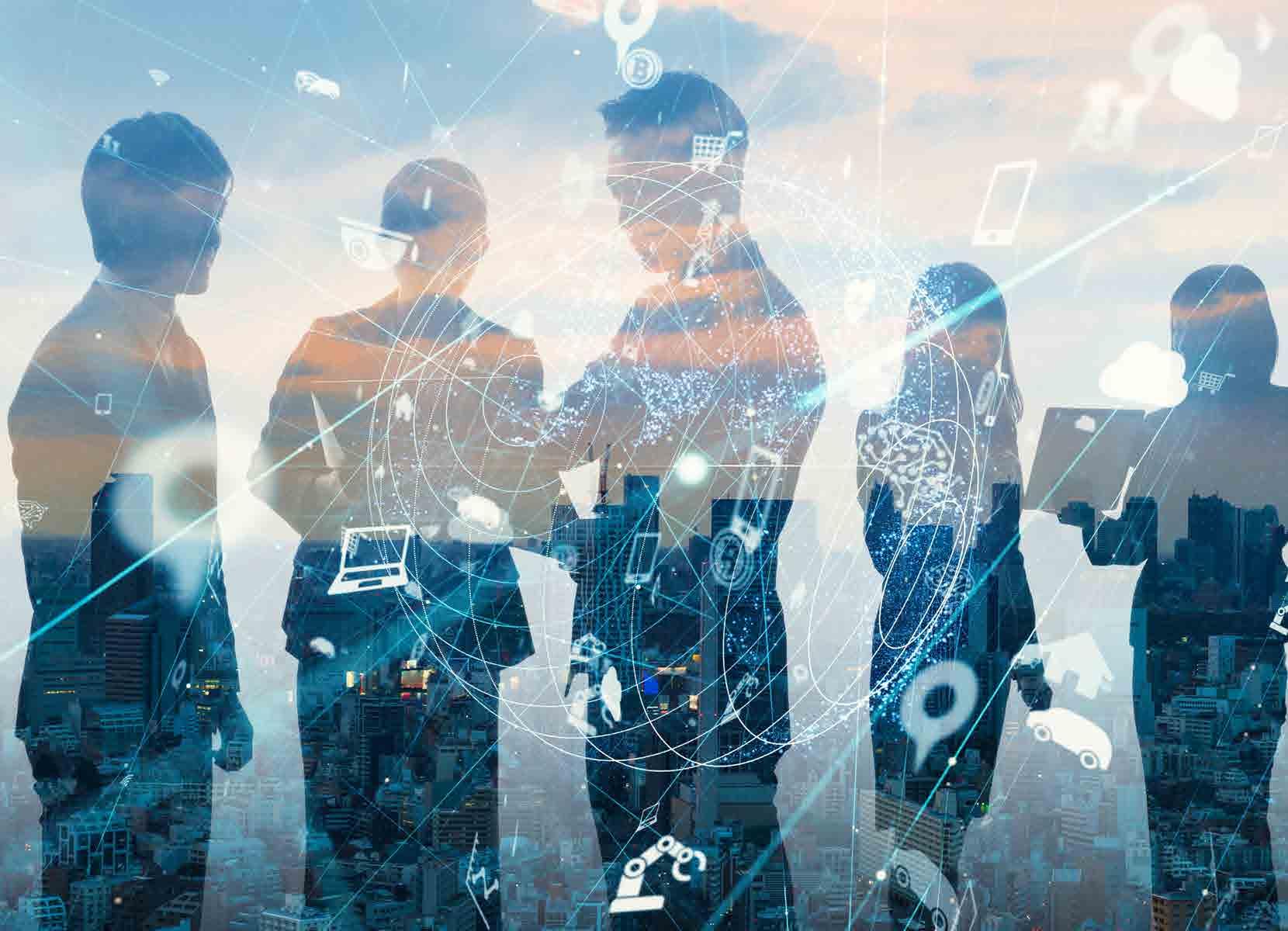
4 minute read
GARTNER TRENDS
CIO needs to think “what if” more often
CIOS NEED TO TAKE THE TIME TO THINK “WHAT IF” AND PLAN ACCORDINGLY TO AVOID BEING OVERWHELMED BY SOCIAL, BEHAVIORAL, AND TECHNOLOGICAL DISRUPTION. AT THE GARTNER IT SYMPOSIUM/XPO IN AUSTRALIA, VP ANALYST AT GARTNER DAVID YOCKELSON SAID THAT A LOT OF THE DISRUPTIONS THAT SEEM FAR AWAY MAY BE CLOSER THAN WE THINK.
By: Editorial staff
Disruption is a fundamental shift that brings about lasting change. And organizations that are willing to face it head on will be ones that come out on top,” says Yockelson. “We must keep asking ourselves ‘what if’ and remain open to the opportunities that disruption brings.”
Yockelson mentioned seven major disruptions that
CIOs and other digital business leaders should factor in over the next five years.
1. METAVERSE EXPERIENCES IN THE WORKPLACE
Gartner defines a metaverse as “the next level of interaction in the virtual and physical world”. Organizations are now using metaverse technologies (see also this recent Gartner article) to generate greater engagement, collaboration, and connection with their employees. This can be done through better, inspiring workspaces in virtual offices and harnessing metaverse experiences, or rather intraverses. Gartner predicts that fully virtual workspaces account for 30% of investment growth in metaverse technologies and will completely change the office experience from now until 2027.
2. FLYING CARS
Flying autonomous vehicles, or unmanned aerial vehicles (UAVs), are intended to carry passengers, mainly over short distances in urban areas. These are autonomous aircraft designed to operate without a human pilot at the controls. Multiple companies are working on new aircraft driven by artificial intelligence and designed to offer a faster, cheaper, safer, and more carbon-efficient alternative in air travel, especially in busy areas. The first flying taxi service is scheduled to launch in 2024. Despite potential challenges in terms of regulations, Gartner believes that CIOs should look at what transportation issues they face – moving people and freight – and how they can be overcome by using these vehicles.
3. THE DIGITAL HUMAN ECONOMY
From medical care, customer service, virtual influencers, and HR training to bringing deceased people “back to life”, the possibilities for digital humans are endless. A digital human economy opens up the opportunity for a new digital ecosystem, supported by technology that brings individuals and organizations together to innovate and interact in new ways. Gartner predicts that the digital human economy will be a $125 billion market by 2035 and even continue to grow from there.
4. THE DECENTRALIZED AUTONOMOUS ORGANIZATION
Decentralized autonomous organizations (DAOs) are a new type of organizational model emerging in the IT services market. Gartner defines a DAO as a digital entity running on a blockchain that can engage in business interactions with other DAOs, digital and human agents, and companies without conventional management by humans. Many high-performance digital employees will be attracted to working in DAOs. Although they are still in their infancy, DAOs have the potential to be very disruptive to many of the current standards in the technology sector.
5. WIRELESS ELECTRIC VEHICLE (EV) CHARGING
Wireless charging will prove a godsend for companies with fleet vehicles such as buses and taxis. These vehi-
cles will effectively be able to use dynamic charging to increase range and reduce costs.
In the long run, private installations will be the largest market for wireless vehicle charging, as EV owners enjoy the modest convenience of not having to plug in. But looking beyond that, Gartner expects the volume of wireless chargers installed at private residential and campuses to exceed those installed at homes.
6. GRAPHENE REPLACING SILICON
There is a huge potential over the next seven to ten years for carbon-based field-effect transistors (FETs) to replace silicon in traditional transistors as these reach their minimum size limits. One example is graphene, a single-atom-thick material of pure carbon, bound together in a hexagonal honeycomb grid. Graphene could replace current silicon devices, especially for wireless communications, where these carbon-based FETs can transmit a much higher current in a small area, processing signals at lightning speed. CIOs need to consider the new opportunities arising with graphene-based technologies and start to identify emerging vendors.
7. TECH BECOMING DISPOSABLE
What if the technology industry goes the way of the fashion sector, with “disposable” applications designed to be quickly created, used, and discarded? Although aspects of a company are currently applied on a large scale, there are opportunities for CIOs to take it to the next level and prepare for the flexibility of disposable technology.
7 – 10 November 2022 | Barcelona, Spain gartner.com/eu/symposium
The World’s Most Important Gathering of CIOs and IT Executives™
Guiding CIOs and IT executives to accelerate digital business

Join us for the technology, insights and trends shaping the future of IT and business
Hot topics
• Architecture, platforms and software engineering • Data, analytics and AI • Cloud, infrastructure and operations • Customer and citizen experience • Cybersecurity and risk management • Sustainable business and ESG • Digital business acceleration • Executive leadership • IT investment and value • The future of work • Innovation and disruption • Operational models • Strategic planning and execution • Talent, culture and change








